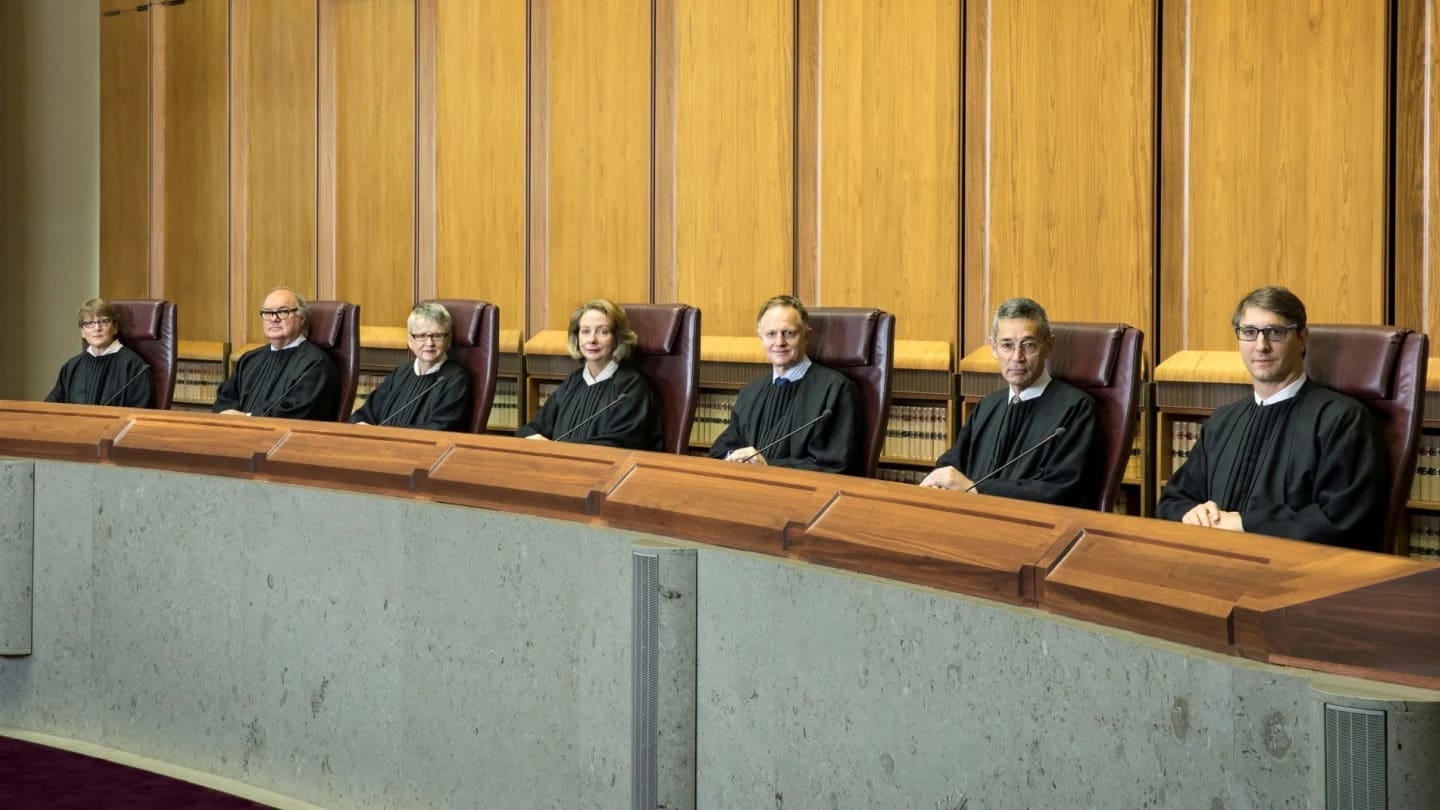It was announced this week that Justice Simon Steward and Justice Jacqueline Gleeson of the Federal Court of Australia will replace the two retiring High Court judges, Justice Geoffrey Nettle and Justice Virginia Bell, who are retiring in November 2020 and March 2021 respectively.
Many people were unaware that we were even in the midst of choosing new High Court judges – despite the world-wide press covering the appointment and confirmation of Amy Coney Barrett to the US Supreme Court.
It is interesting to compare Australia’s system to the US’, as we are both federal countries, meaning that we have states and territories within one larger country. Much of our Constitution is modelled on America’s and yet our systems for judicial appointments to the highest court of the judiciary are very different.
Appointment of federal judges in the US
Supreme Court justices, judges on the court of appeals and district court judges in the US are nominated by the President and confirmed by the US Senate. This process is set out in the Constitution. Potential nominees are often recommended by senators and members of the House. The judicial system and the courts play no role in nominating and confirming the new judges.
As we have seen in the media coverage and public response to the recent nomination, the process in the US is hyper-politicised. This appointment is said to seal a ‘6-3 conservative majority’ and caused much discussion given the confirmation occurred only a week before the presidential election.
Judicial appointments in Australia
Unlike in the US, judicial appointments in Australia are much quieter, garner much less attention and do not follow a formal process set out in the Constitution. There is no official application process or requirement of interviews, and much of the process occurs behind closed doors. In practice, the Attorney-General presents a nominee to Cabinet, who then recommends the appointment to the Governor-General. If the Governor-General approves, then the incoming judge will be announced by the Prime Minister.
There is frequent insistence that judicial appointments in Australia are made solely on the basis of ‘merit’. However, this does not mean that the decision was completely apolitical. In 2007, constitutional law expert Professor Anne Twomey stated that:
‘A government may appoint a judge for a range of reasons, including adding some form of balance to the Court (state, sex or expertise in a particular area of law in which the Court is lacking) or because a judge is the leading jurist of their generation, or simply because a person is an uncontroversial compromise when views are polarised in relation to other candidates’
Before the appointments were announced, it was predicted by many that the new judges would be ‘like-for-like’ both in terms of their gender and their state of origin. The two retiring judges are from Victoria and NSW, as are the two appointees. As a federal system, there is emphasis on keeping a state balance in the High Court, however, there have been some queries this week about why a South Australian judge has never been appointed to the High Court.
The system for judicial appointments has also been criticized as having no formal recognition of the importance of diversity on the High Court. In terms of gender, women comprise 62% of law graduates in Australia today, and only 36% of Commonwealth judges. The process has also been questioned as being overly opaque and lacking political accountability. Some critics are calling for greater transparency and clearer selection criteria, rather than being purely based on the vague idea of ‘merit’.

